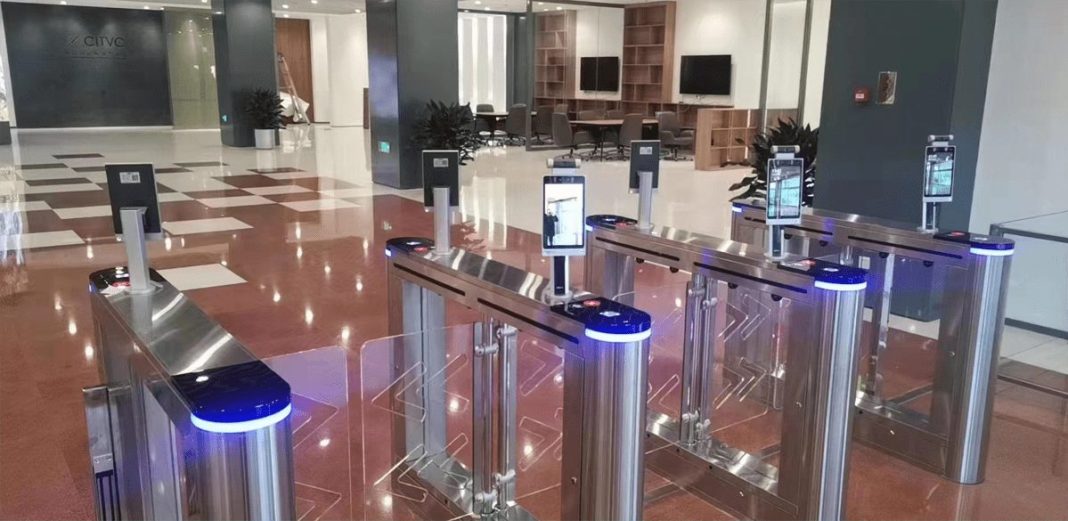Turnstile gates play a critical role in regulating access and enhancing security in diverse environments such as airports, stadiums, and office buildings. When investing in turnstile gates, it is important to consider the balance between price and durability. This article aims to analyze the relationship between turnstile gate price and durability, emphasizing the importance of assessing the total lifespan value to make informed investment decisions.
1. The Initial Investment:
Price is one of the primary factors influencing turnstile gate purchase decisions. However, it is crucial to consider more than just the initial investment. Lower-priced turnstile gates may appear attractive from a budget standpoint, but they often lack the durability necessary to withstand continuous usage and potential abuse. Higher-priced turnstile gates, on the other hand, are typically constructed from stronger materials, such as stainless steel, which enhances their resilience and longevity.
2. Material Selection:
The choice of materials used in turnstile gate construction significantly impacts their durability. Stainless steel is widely recognized as a durable and corrosion-resistant material, ensuring the gates’ ability to withstand harsh environmental conditions and heavy usage over an extended period. While turnstile gates made from lower-grade materials may offer cost savings initially, they are more prone to wear and tear and may require frequent repairs or replacements, leading to higher long-term costs.
3. Maintenance and Repair Costs:
When assessing the total lifespan value, it is essential to consider the maintenance and repair costs associated with turnstile gates. High-quality turnstile gates often come with better warranties and support packages, reducing the likelihood of unforeseen expenses. Manufacturers that offer reliable maintenance services and quick response times can minimize downtime and ensure the gates are kept in optimal working condition. In contrast, cheaper options may lack these provisions, resulting in higher ongoing maintenance and repair costs.
4. Longevity and Reliability:
Durability directly affects the lifespan and reliability of turnstile gates. Investing in gates with a longer expected lifespan ensures prolonged use without the need for frequent replacements. Reliable turnstile gates contribute to efficient flow management and enhanced security, preventing unauthorized access and reducing the risk of malfunctions. By choosing durable options, organizations can rely on the gates to operate consistently and effectively throughout their lifespan.
5. Impact on Operational Efficiency:
The durability of turnstile gates directly impacts operational efficiency. Regular malfunctions or breakdowns can cause disruptions, leading to delays and inconveniences for users. Robust turnstile gates with high durability not only minimize downtime but also require fewer maintenance interventions. With gates that operate consistently and efficiently, organizations can optimize their security and access control systems, ensuring smooth and effective operations.
6. Return on Investment (ROI):
Assessing the total lifespan value of turnstile gates leads to a better understanding of the return on investment (ROI). While cheaper gates may offer initial cost savings, their shorter lifespan and higher maintenance requirements can result in higher long-term costs. Conversely, investing in higher-priced turnstile gates with superior durability can lead to lower maintenance expenses and longer lifespans, ultimately providing a higher ROI over time. By considering the total lifespan value, organizations can make strategic investment decisions that maximize ROI and long-term cost-effectiveness.
Conclusion:
When evaluating turnstile gate options, it is crucial to assess the balance between price and durability. Lower-priced gates may seem appealing initially, but they often lack the durability necessary for long-term use. Investing in turnstile gates with superior materials, reliable maintenance support, and extended lifespans leads to cost savings and improved operational efficiency. By assessing the total lifespan value, organizations can make informed decisions that prioritize both affordability and long-term durability, resulting in a higher return on investment.
